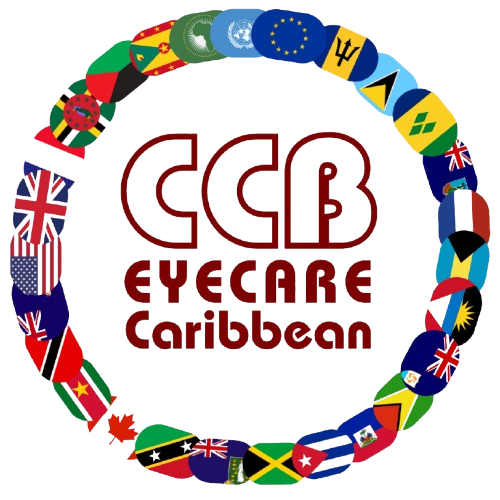5.1 Barriers to the achievement of education for all children who are blind or visually impaired:
• Absence of case-finding mechanism
• Insufficient number of Specialist Teachers
• Lack of Schools/Resource Centers or Units
• Absence of Specialised Equipment
• Lack of Library Facilities
• Inadequate support/resources for Program
5.2 Barriers to children accessing Education Services:
• Poverty
• Inadequate nutrition
• Poor health
• Language
• Location – residence or school
• Disability
• Inequalities – social, educational
• Religious Beliefs
• Poor to inadequate advocacy activities by Member Organisations of CCB
5.3 Barriers to more Teachers being trained at the Tertiary Levels:
• Inadequate resources for training: number of training opportunities/scholarships
• Inadequate number of Training Institutions/Programs – Colleges, In-Service and Pre-Service Programs;
• Poor salaries and working conditions for Teachers;
• Lack of incentives (financial, promotional opportunities) for Trained Teachers;
• None to poor interventions with Ministries of Education by individuals and Organisations with responsibility for advancing the interests of children with blindness and visual impairments.
5.4 Barriers to more Classroom Teachers being sensitized in On-the Job (In-Service) Training:
• Inadequate In-Service Program;
• Lack of commitment of part of MoE/Government;
• Absence of incentives;
• Failure by Organisations of and for the Blind to facilitate the development and implementation of In-service Training Programs for generic Classroom Teachers.
5.5 Barriers to more Resource Units and Centers being established:
• Insufficient support from the MoE;
• Inadequate number of Specialist Teachers;
• Inadequate/lack of resources for materials and equipment;
• Inadequate/lack of resources for materials and equipment;
• Insufficient leadership by CCB and other Organisations capable of giving guidance to regional and national program development and implementation.
6. Traditional Partners in the development of Education Services for Children who are Blind or Visually Impaired in the Caribbean :
6.1 Parents of children who are blind or visually impaired
6.2 Parent Teachers Associations (PTAs)
6.3 Ministries of Education
6.4 Ministries of Health
6.5 The Salvation Army (Schools for the Blind)
6.6 Service Clubs – Lions, Rotary, etc.
6.8 Mico University College
6.9 CCB and its Member Organisations
7. BIBLIOGRAPHY:
• CCB: “Clinical and Cognitive Assessment of Children in Guyana, Jamaica and Trinidad & Tobago in Education Programs for the Visually Impaired” – 2007.
• CIA World Factbook
• EFA – Education for All Global Monitoring Report -2009
• Strategic Plan for Vision 2020: The Right to Sight – Caribbean Region
• UNICEF – “Basic Education and gender equality – The big picture”.
• UNDP
• UNESCO – Regional Overview: Latin America and the Caribbean
• UNESCO –The Courier – 2008 Special Issue – “Education: roads closed”.
End of Document.
